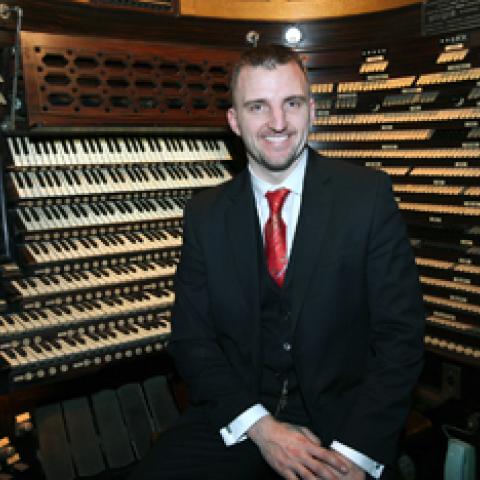DOCENT ORGAN TOURS NOW AVAILABLE
A series of monthly docent tours of the World’s Largest Pipe Organ in
Atlantic City’s Boardwalk Hall are now available by reservation.
The two-hour tours, starting at 10 AM, include the famous Ballroom
Kimball pipe organ and the legendary 33,000+ pipe Midmer-Losh organ in
the main auditorium with its 7-manual console and 5-manual portable console.
Tour goers visit the Right Stage chamber and see a maze of pipes,
including the amazing 64’ pedal stop – one of only two existing in the
world, and in the Left Stage chamber the immense 32’ Diapasons. Also,
you get to see up close and personal ‘behind the scenes’ areas of the
organs not open to the casual visitor.
The tours cost $20 which goes directly to support the restoration of
these fine instruments. Children under 12 are admitted free.
Reservations may be made by emailing: acchostour@gmail.com
Monthly docent tours of Atlantic City organ now available
ATLANTIC CITY CONVENTION HALL ORGAN SOCIETY, INC.



